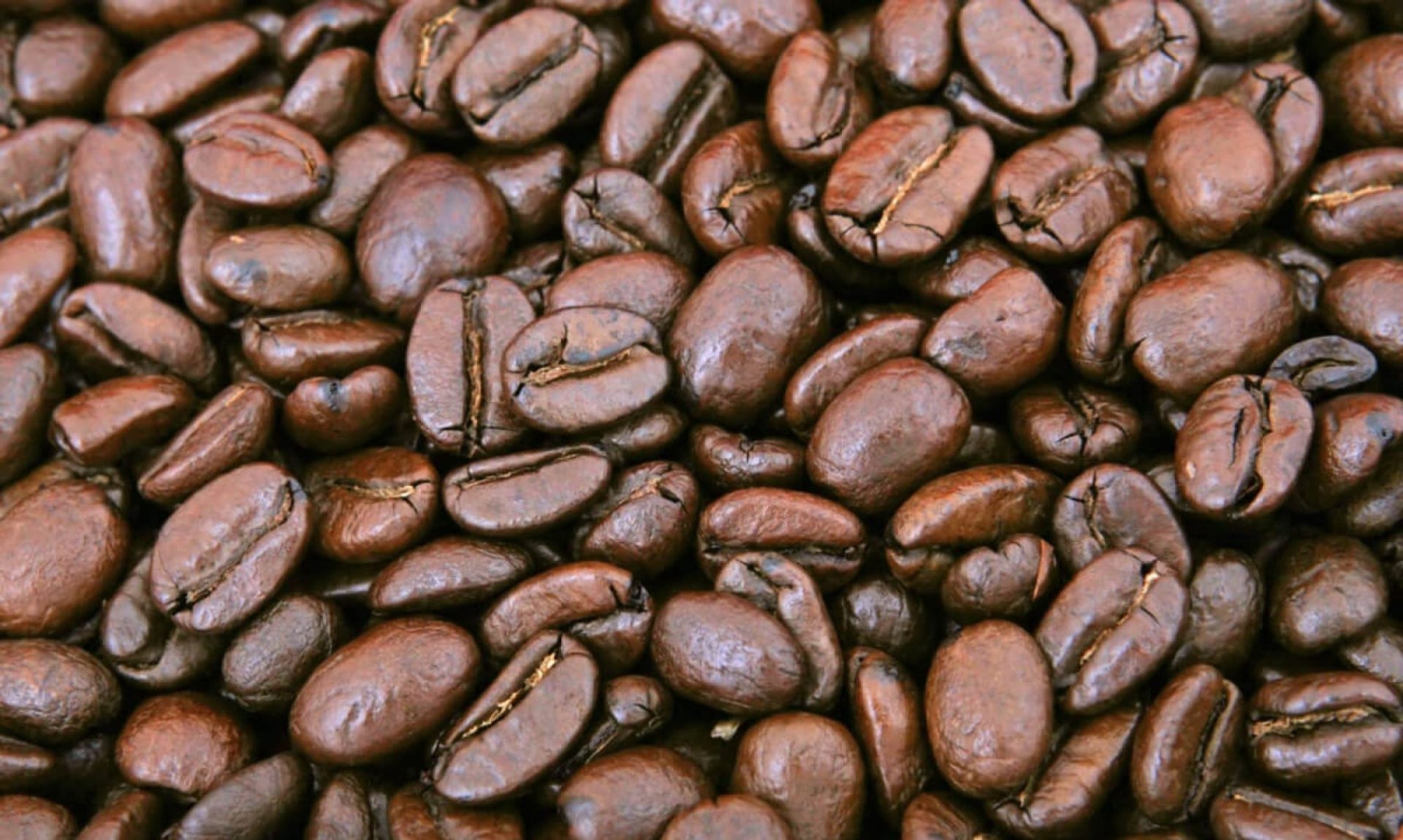For many people, a cup of coffee is an essential part of their daily routine. It helps them wake up, stay alert, and get through the day. One of the main reasons for coffee’s popularity is its caffeine content. Caffeine is a natural stimulant that can improve concentration and boost energy levels. But have you ever wondered just how much caffeine is in that cup of coffee you’re sipping? In this article, we will explore the fascinating world of caffeine and break down the factors that influence its concentration in your favorite brew.
Understanding caffeine
Caffeine is a naturally occurring compound found in a variety plants, including coffee beans, tea leaves, and cocoa pods. It belongs to a class of chemicals known as xanthines and acts as a central nervous system stimulant. When consumed, caffeine can increase alertness, improve mood, and temporarily prevent drowsiness.
Caffeine content in coffee
The amount of caffeine in a cup of coffee can vary significantly depending on several factors, including the type of coffee bean, the brewing method, the serving size, and even the brand. On average, an 8-ounce (237 ml) cup of brewed coffee contains about 95 milligrams (mg) of caffeine. However, this is a rough estimate, and the actual amount can range from as low as 30 mg to as much as 200 mg or more.
Factors that affect caffeine levels
- Type of coffee bean: Different types of coffee bean have different concentrations of caffeine. Robusta beans, which are commonly used in instant coffee and espresso blends, tend to have higher caffeine levels than Arabica beans, which are used in most specialty and gourmet coffees.
- Roasting process: The degree of roasting also affects caffeine content. Contrary to popular belief, darker roasts do not necessarily contain more caffeine than lighter roasts. The roasting process itself reduces the caffeine content, so lighter roasts may have slightly higher caffeine levels.
- Brewing method: The brewing method plays a crucial role in determining the amount of caffeine in your cup. Espresso, for example, typically has a higher concentration of caffeine due to the shorter brewing time and the use of finely ground coffee. On the other hand, brewing methods such as drip coffee or French press tend to extract caffeine more slowly and may produce a milder brew.
- Cup size: The size of your cup is also important. Larger cups will dilute the caffeine content, resulting in a lower concentration per fluid ounce. If you’re looking for a stronger caffeine kick, opting for a smaller serving size may be a better choice.
- Brand variations: Different brands of coffee can have different caffeine concentrations even within the same brewing method and serving size. It’s always a good idea to check the packaging or consult the brand’s website for specific caffeine information.
Caffeine in decaffeinated coffee
If you’re trying to avoid caffeine altogether, decaffeinated coffee may be your best bet. However, it’s important to note that decaffeinated coffee is not completely caffeine-free. The decaffeination process removes most of the caffeine, but trace amounts can still remain. On average, an 8-ounce cup of decaf coffee contains about 2-5 mg of caffeine. Although this amount is significantly lower than regular coffee, it’s not negligible for people who are highly sensitive to caffeine.
Conclusion
The amount of caffeine content in a cup of coffee can vary widely depending on several factors, including the type of coffee bean, the roasting process, the brewing method, the serving size, and the brand. While an 8-ounce cup of brewed coffee typically contains about 95 mg of caffeine, it’s important to remember that this is just an average and individual cups may have different levels. Ultimately, understanding the factors that influence caffeine content can help you make more informed choices about your coffee consumption, whether you’re looking for a robust energy boost or a milder, decaffeinated option.
So, the next time you grab a cup of coffee, take a moment to appreciate the complex nature of caffeine and its varied presence in your favorite brews.
